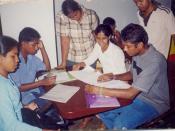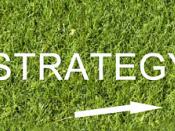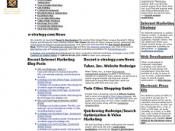�PAGE � �PAGE �7� Conflict Resolution
CONFLICT RESOLUTIONS
Conflict Resolution Strategies for Team Dynamics
Jennifer Myers
University of Phoenix
Gen/300 Skills for Professional Development
Lisa Tervo
September 10, 2007
Conflict Resolutions Strategies for Team Dynamics
This paper describes the benefits and challenges of working in teams, as it relates to conflict resolution strategies. Additionally, the paper will show how teams can enhance their performance and realize more benefit.
First, understand that teams consist of personnel with varied backgrounds, experience, education, and intellectual ability. These differences will lend themselves to varying perceptions in business, its problems and solutions, which result in conflicts within the team. Conflict has more to do with personal styles than the actual problem. Team leaders bring together certain people who possess the necessary aptitude to solve a particular problem but do not take in consideration the problem-solving styles, or cognitive styles, of the individuals involved. (Falcioni, 2007)
When management selects individuals for a team, the emphasis should be placed on what each member brings to the team.
An example, if a member displays talent in a given area, but has the attitude of "Get out of the way, or get run over," the team should be balanced with an individual who is less aggressive. He or she should possess a control factor, which will not allow the value of a "team" to diminish. This will bring cohesion between the members and not highlight just one individual. If the aggressive individual continues without a balancing factor, the team will lose the benefits of what other members have to offer. It would be nice if individuals who have different views could put aside their differences and work together peacefully. This may not happen.
A team goes through a stage known as an evolutionary stage. Stage 1 is testing. This...


